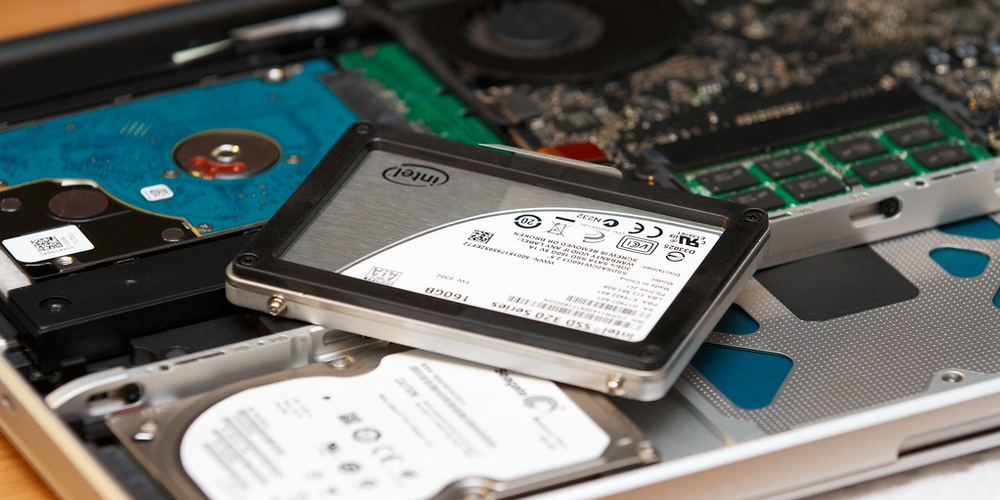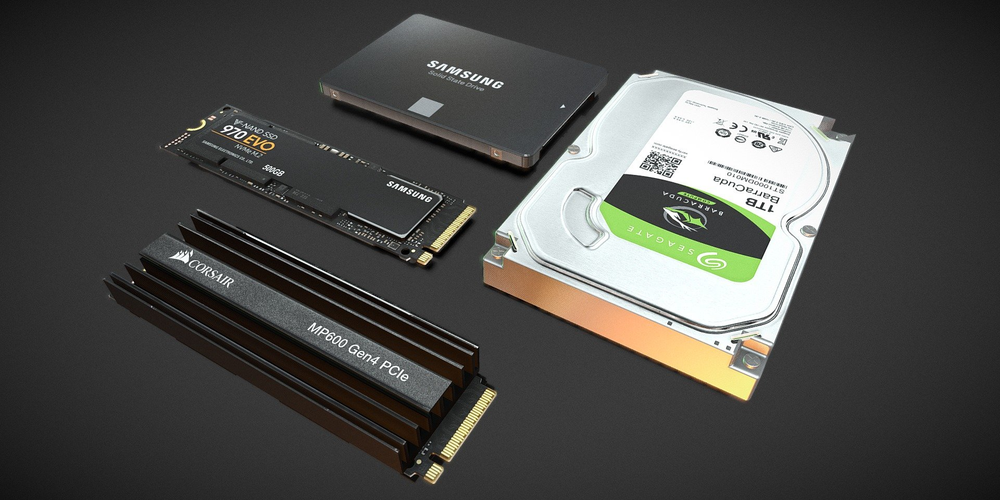Transforming Your Internal HDD or SSD into a Portable Drive
- 1077

Have you ever thought of converting your internal hard drive into a portable one? It's a great way to store and access data from anywhere, especially when you have an old computer with a hard drive that's still in good shape. This article will guide you through the process of turning any internal SATA or M.2 hard drive into an external USB drive for your computer.
Why Convert an Internal Hard Drive into a Portable One?
The decision to convert an internal hard drive into an external one can be extremely beneficial in many scenarios. It allows you to access your stored data from anywhere, giving you the flexibility to work on different computers. Furthermore, the cost of internal hard drives is typically lower than that of portable external drives. This means that you can save some money while increasing your storage capacity or speed.
Selecting the Right Enclosure for Your Drive

The transformation process requires an enclosure or casing, which depends on your hard drive type. It is essential to determine whether your drive has a SATA or M.2 output. You can find a variety of suitable enclosures online, for instance, on Amazon.
- The TooQ TQE-2527B is an excellent option for 2.5" hard drives with SATA I/II/III data output. It comes with a USB 3.0 output for your computer, featuring an aluminum design and costing less than 10 euros.
- If you have a 2.5" SATA HDD or SSD, you may consider the SABRENT casing, which boasts transfer speeds of up to 5 Gbps due to its USB 3.0 interface.
- For NVMe drives connected to an M.2 port, the ASUS ROG Strix Arion box is a top pick. It offers a USB 3.2 Gen 2 Type-C and promises transfer speeds of up to 10 Gbps.
Installing the Drive in the Case
Once you have the appropriate case, the installation process is relatively straightforward. Although the process may vary slightly depending on the brand, it generally does not require any external tools. You need to open the case and insert the drive carefully, ensuring that you correctly align the SATA or M.2 port. After installing the drive in the case, you can connect it to your computer using the included cable. Most cases are compatible with the Plug And Play technology, meaning the drive will appear in your file explorer shortly after connecting.
Preparing Your Drive for Use
If you have extracted the hard drive from an old computer, it's likely that the original operating system is still installed. While you can access the information, it's recommended to format the drive before using it as a new storage unit. This ensures that the disk is clean and ready to store your data.
As you can see, converting an internal hard drive into a portable one is a straightforward, cost-effective way to increase your storage capacity. So, why not give it a try?